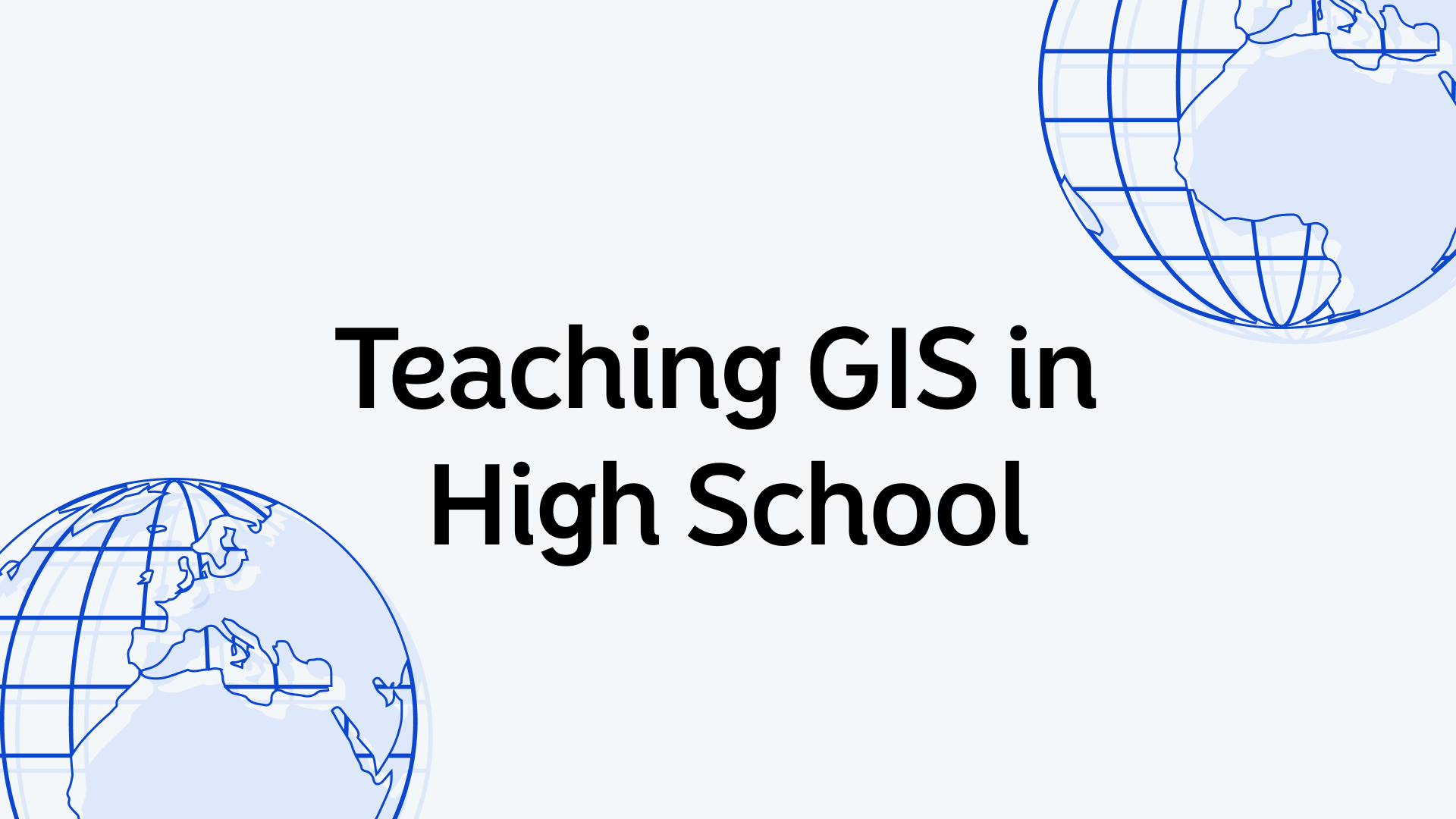Geographic Information Systems (GIS) may sound complex, but introducing it in high schools can be surprisingly accessible—and rewarding. It offers a practical way for students to engage with data, maps, and real-world problem-solving. GIS helps students see the connection between geography and various fields, like environmental science, urban planning, and public health.
High school is the perfect time to expose students to GIS. They’re old enough to grasp the concepts but young enough to be excited by the possibilities.
Why Teach GIS in High Schools?
GIS teaches more than just mapping skills. It fosters critical thinking, data analysis, and spatial reasoning. Students learn how to visualize data and uncover patterns, which is essential in many careers.
- Interdisciplinary Learning: GIS brings together science, math, history, and more. For instance, students can analyze historical migration patterns using GIS or study climate change effects on local ecosystems.
- Career-Readiness: GIS is a sought-after skill in industries like urban planning, logistics, and environmental science. Early exposure gives students a competitive edge.
- Problem-Solving Skills: By using GIS to solve real-world issues, students learn to think critically and creatively.
- Tech-Savvy Skills: GIS involves working with software, data formats, and online tools, equipping students with modern technical skills.
Getting Started with GIS in High Schools
Starting small is key. Teachers don’t need to be GIS experts to introduce the basics.
Choose the Right Tools
Browser-based platforms like Atlas are excellent for schools. They’re user-friendly, require no installation, and often come with free versions. Students can log in from any device, making it ideal for classrooms and remote learning.
Incorporate Real Data
Using real-world data keeps lessons relevant and engaging. For example:
- Analyze local census data to explore population density.
- Map natural disaster occurrences in history classes.
- Study local environmental changes with satellite imagery.
Use Guided Activities
Start with structured exercises. Examples might include:
- Mapping school locations across the district.
- Analyzing traffic patterns around the school.
- Exploring the impact of urban growth on green spaces.
Practical Applications for High School Students
GIS can be woven into various subjects and projects:
Science Classes
- Environmental Monitoring: Track deforestation or water quality changes over time.
- Wildlife Studies: Map animal migration patterns or habitat distribution.
History Lessons
- Historical Mapping: Visualize the routes of explorers or trade networks.
- Conflict Studies: Analyze the geographic distribution of battles or territories.
Mathematics and Statistics
- Data Analysis: Study statistical trends in demographics or weather patterns.
- Spatial Calculations: Teach geometry through land area measurements.
Community Projects
- Map food deserts in the local area.
- Plan an ideal location for a new community park.
Building GIS Skills in Students
High school GIS lessons don’t have to dive deep into technical jargon. Focus on these foundational skills:
- Data Visualization: Teach students to turn spreadsheets into maps.
- Layering Information: Show how to add and manage multiple data layers, such as population density over a map of local schools.
- Basic Analysis: Encourage students to ask and answer questions like, "Where are the busiest intersections near our school?" or "What areas have the most trees?"
Overcoming Challenges
Lack of Experience
Teachers may feel unprepared to teach GIS. Free resources and tutorials from platforms like Atlas can help bridge this gap.
Limited Technology
Not all schools have access to advanced computers. Browser-based GIS tools solve this by running on standard devices with internet access.
Time Constraints
Integrating GIS into packed curriculums can be tough. Begin with small projects or incorporate GIS into existing lessons.
The Role of Collaborative GIS
One of the most exciting aspects of GIS is collaboration. Students can work together to build maps, analyze data, and solve problems. Platforms like Atlas make it easy to share and edit maps in real time, fostering teamwork.
Imagine a geography class where students map and analyze local bus routes, working together to propose better public transit solutions. Collaborative projects like this are memorable and impactful.
Encouraging Future GIS Enthusiasts
By introducing GIS in high school, teachers can spark a lifelong interest in geography and data science. Students might pursue GIS-focused careers or simply carry forward valuable skills for their studies and jobs.
Whether it’s creating a map of their school or analyzing global trends, GIS empowers students to see the world differently.
Bring GIS into your classroom today. Start with simple tools and projects, and watch as students discover the power of maps and spatial thinking.





